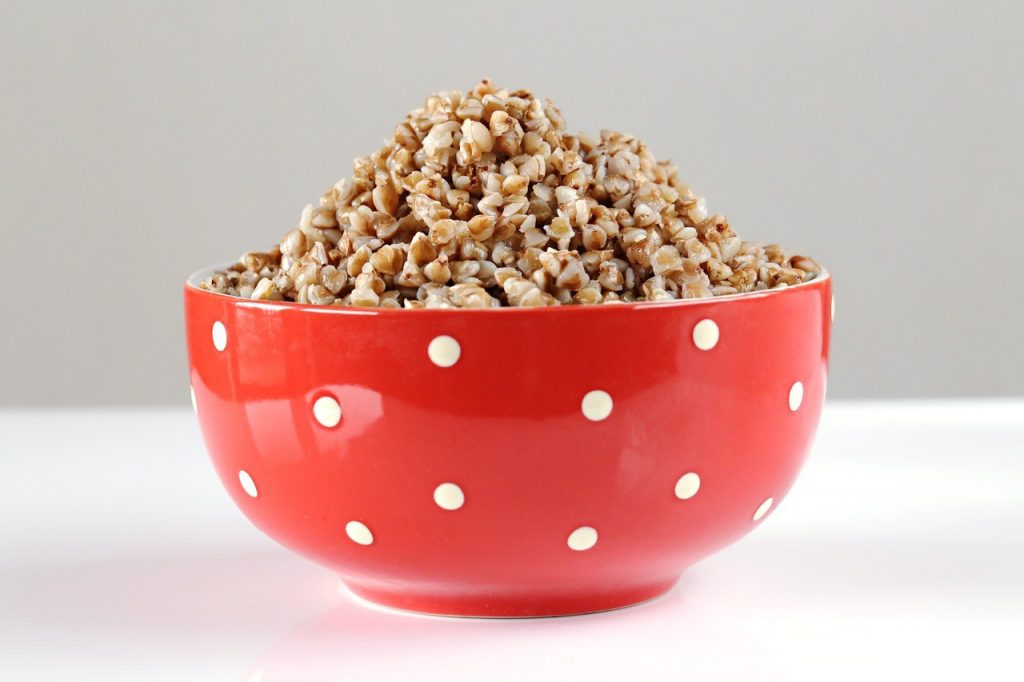Within the considered cereals today we find at our disposal buckwheat, also called buckwheat, of which we tell you its properties and benefits, as well as possible uses in the kitchen.
Properties of buckwheat
Although it is included in the diet as cereal and has with these similarities as chemical and nutritional composition, it really is not because it does not belong to the grass family. Sometimes it is also considered a pseudocereal such as quinoa or amaranth.
The main energy source of buckwheat is complex carbohydrates. It is a good source of vegetable protein and fiber for the body and also offers a minimum of unsaturated fats.
Among micronutrients highlights the content potassium, magnesium, iron and phosphorus, and B-Vitamins.
Likewise, buckwheat is a source of various polyphenols with antioxidant properties as French scientists point out and also, with an anti-inflammatory effect in the body.
Benefits of buckwheat
Buckwheat is a good food to include in the diet and obtain quality nutrients, it is also a good option for those who eat a gluten-free diet, either because they are intolerant of it or because they suffer from sensitivity to non-celiac gluten.
On the other hand, because of its richness in fiber and because it has proteins resistant to the digestion of the organism, the consumption of buckwheat can benefit the intestinal function and the microbiota, thus encouraging health as indicated by a study conducted in Japan.
Another benefit attributable to buckwheat is its power to reduce cholesterol in the body, as well as to contribute to cancer prevention and diabetes control through its lower glycemic index and improvements in insulin signaling as concluded by a published review. in 2016.
As we can see, buckwheat is an excellent alternative to cereals that we can include in our usual diet to obtain good nutrients and many benefits.
How to use buckwheat in the kitchen
As we have said, although buckwheat is used as a cereal, it is not a seed that can be used as such prior washing under cold water and cooking, as if it were quinoa. Or, we can use it dry in flour format.
Its seed as such can form a nutritious salad, while with its flour we can make gluten-free bread, or, a bread combined with wheat and oats not suitable for coeliacs but very rich in fiber.
Another option is to prepare simple galettes with asparagus and cheese, ideal for a healthy gluten-free diet.

